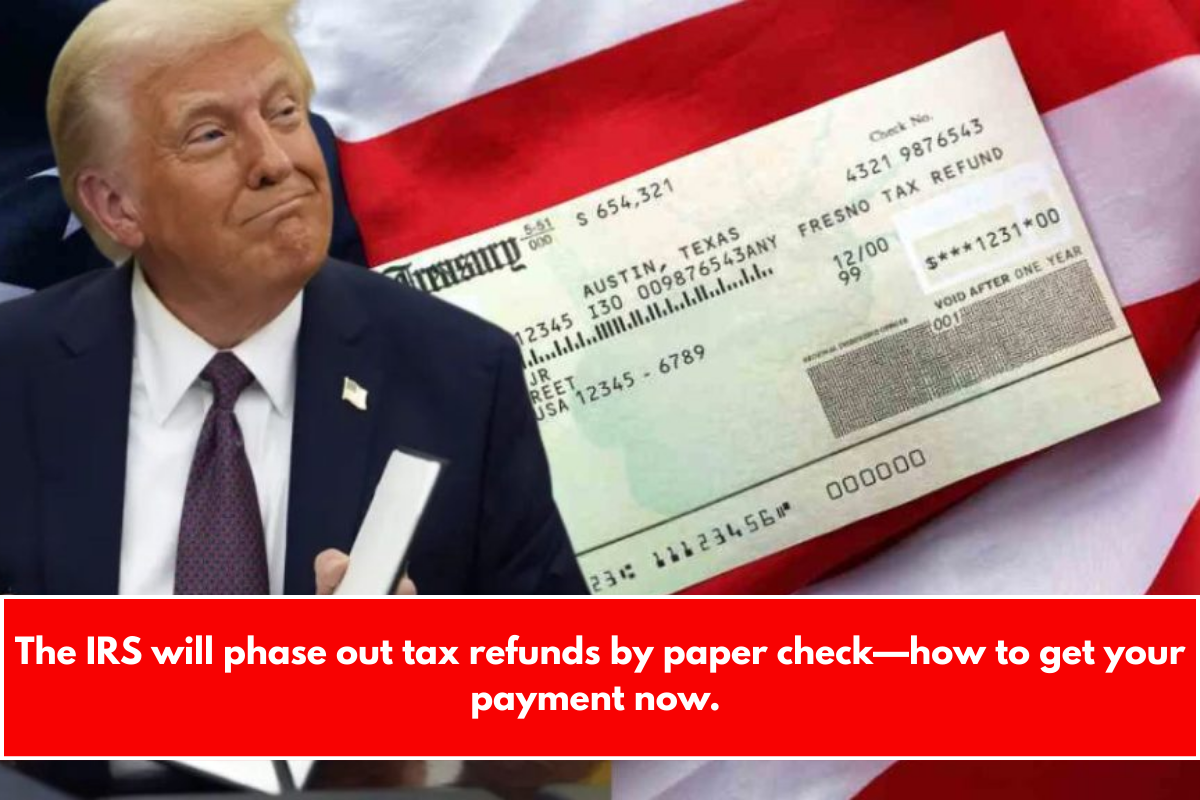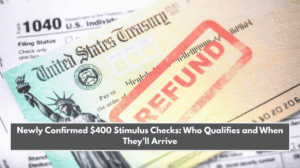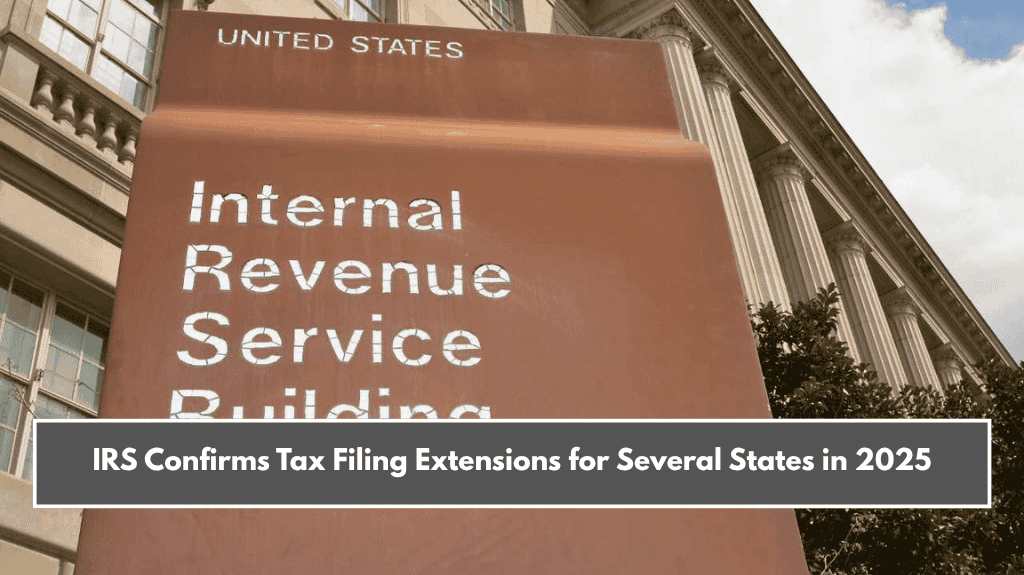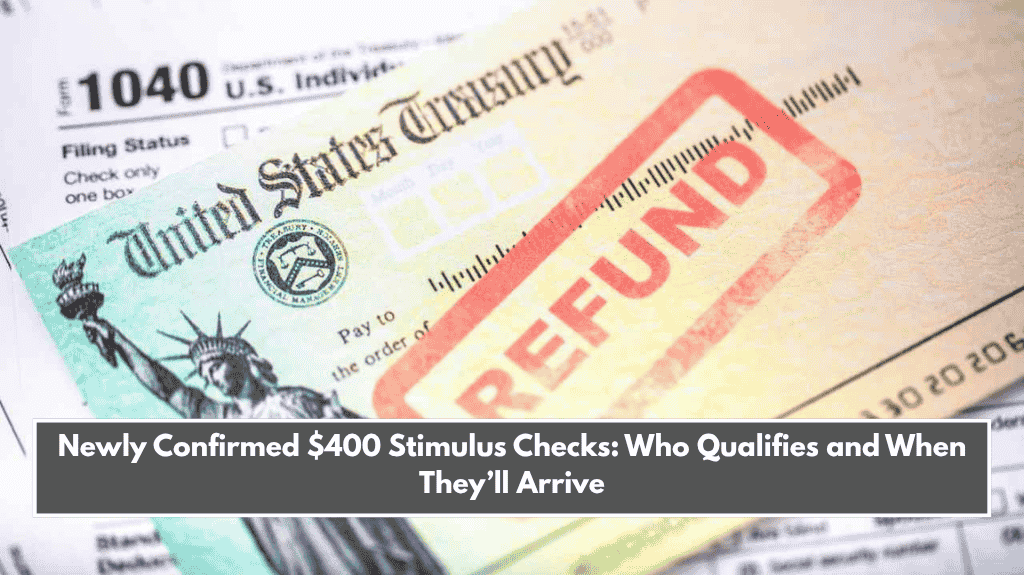President Donald Trump issued an executive order on March 25 directing all federal departments and agencies to abolish paper checks by September 30. The proposal, titled “Modernizing payments to and from the United States bank account,” aims to decrease unnecessary expenditures, delays, and dangers such as fraud, theft, or payment loss.
According to the memo, which was released on the official White House website, the switch to electronic transfers comes in response to an uptick in complaints about mail theft during the pandemic. “Treasury checks are 16 times more likely to be reported lost, stolen or altered than a digital transaction,” the information contained in the directive. Experts endorse the measure, citing increased security and savings.
Cost of mailing tax refunds via check versus digital transactions: Which is the better option?
According to recent statistics, issuing a paper check to pay tax refunds or Social Security payments incurs 2 to 4 times greater operational costs from the moment it is issued until it reaches its recipient and is paid, as opposed to transferring benefits via bank deposit.
The Treasury Department, which is in charge of mailing out hundreds of thousands of checks each year, including tax refunds and Social Security payments, will have to transition to systems like direct deposit, debit and credit cards, and digital wallets. Only limited exceptions will be made for the unbanked.

Tax refunds and benefits in paper checks are on the verge of extinction.
Since 2010, the federal government has advocated for reductions in checks. They were no longer eligible for Social Security or Veterans Affairs benefits as of 2011. However, a 2024 study found that 46% of Americans did not utilize checks in 2023, while 15% did so sometimes.
Those over the age of 55 are the most resistant to change; 22% continue to use them on a monthly basis. “Outdated systems hurt the elderly; they must be integrated with digital,” said Haywood Talcove, CEO of LexisNexis Risk Solutions. Experts warn that this demographic is susceptible to scams during the changeover.
If you are currently receiving tax refund payments via paper check, here are the actions you need to do to make the switch to digital collection:
When filing, the IRS determines whether the refund will be made by check or direct deposit. Check recipients most likely chose that option earlier without supplying bank information. To date, 80% of beneficiaries have chosen the digital option.
Switch to direct deposit by selecting the option when filing your next return. To avoid check errors, provide routing and bank account information and verify their accuracy. If you already chose check, it is not possible to change the method after processing the declaration. Contacting the IRS (800-829-1040) may be a possibility, but there is no certainty.
Amended returns: When submitting Form 1040-X (electronic), you can select direct deposit; however, this only affects refunds for the amendment, not the original if it has already been processed.
Helpful tools: Use “Where’s My Refund?” to keep track of refunds. If you qualify, you can file electronically (e-file) using IRS Free File, which includes direct deposit. Residents outside the US can receive direct deposits in foreign banks, according to USA Gov. Joint or own accounts are valid, but using third party accounts is discouraged.















